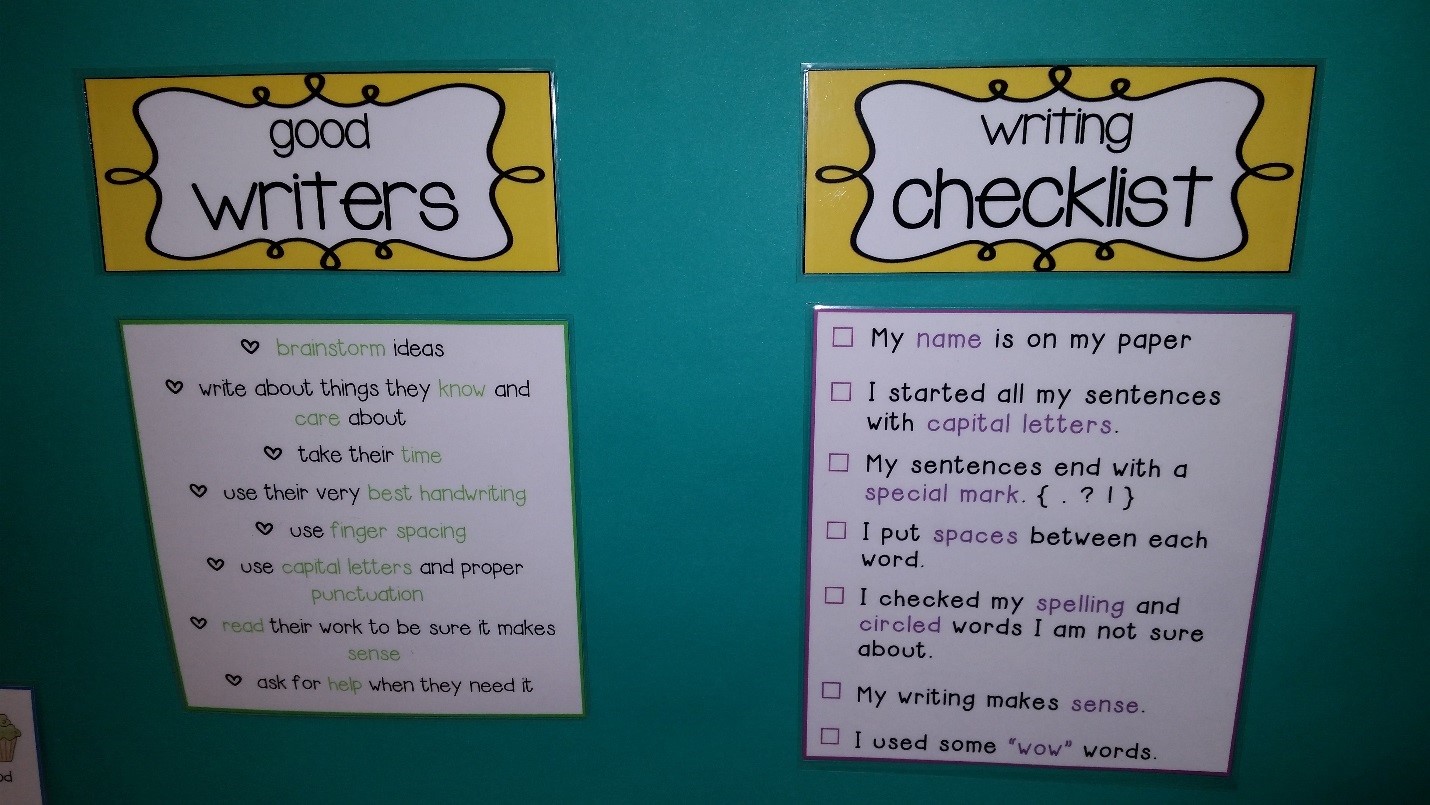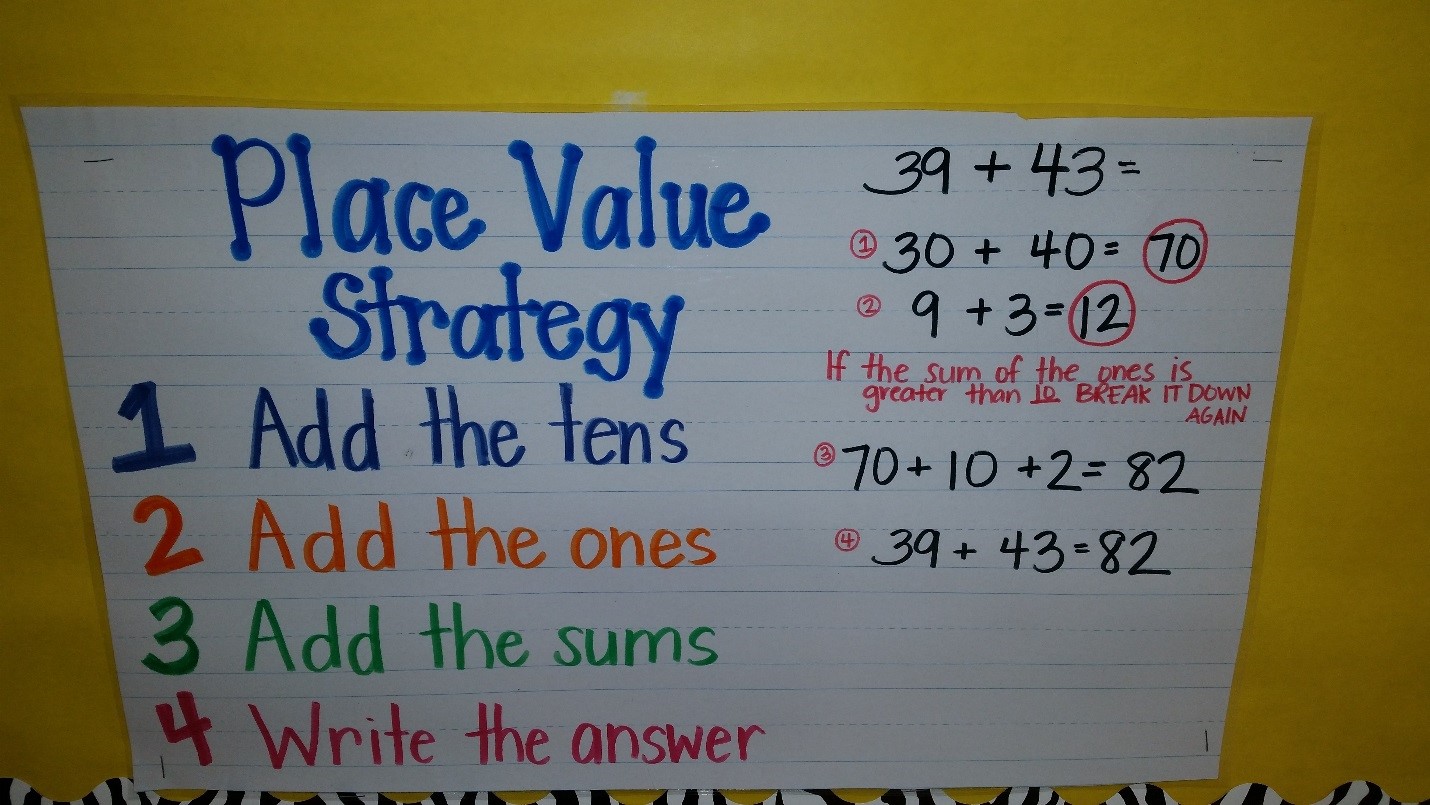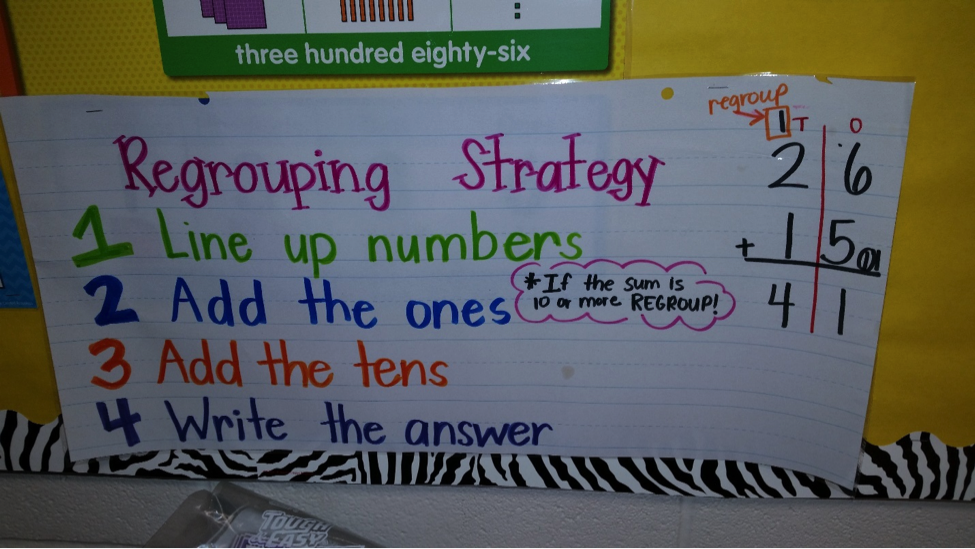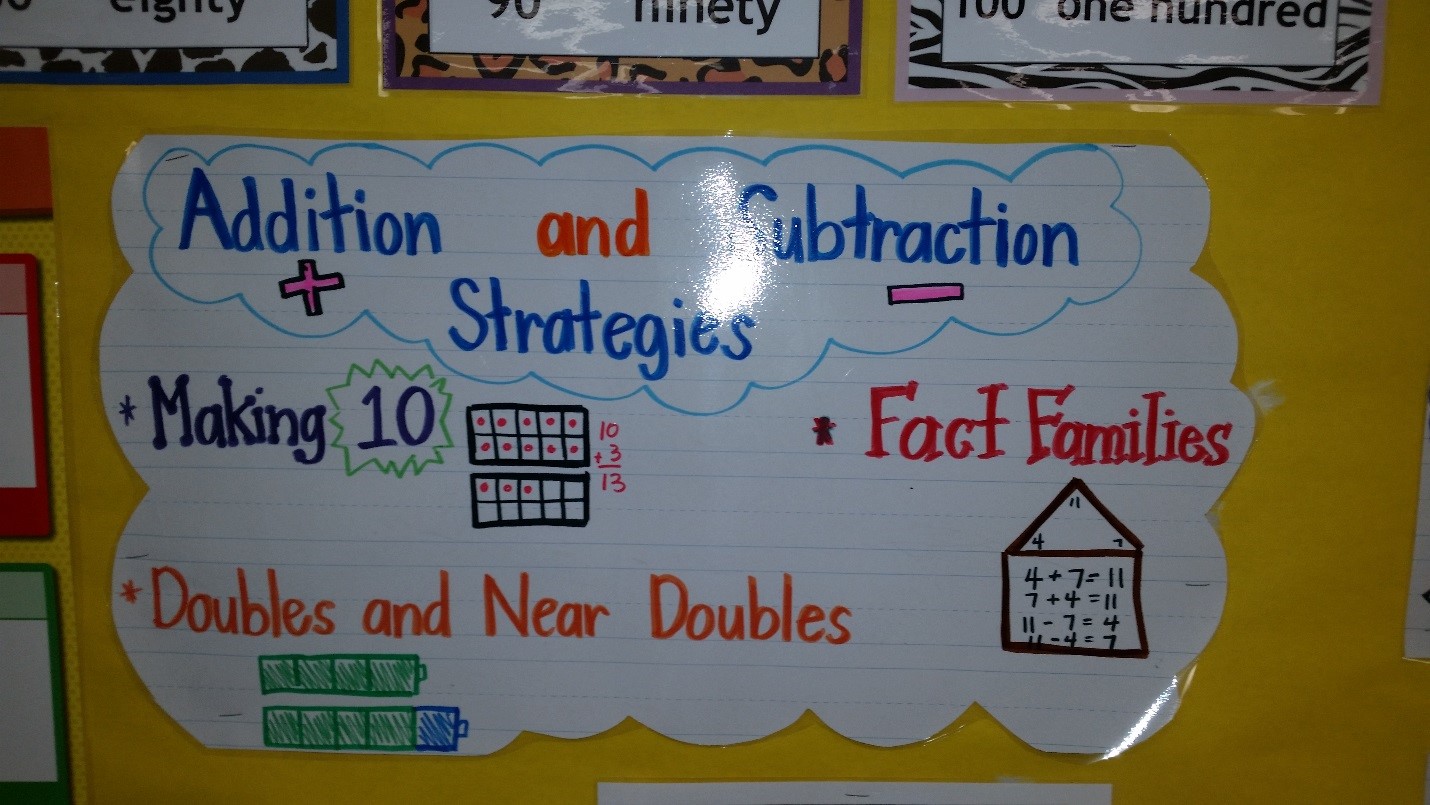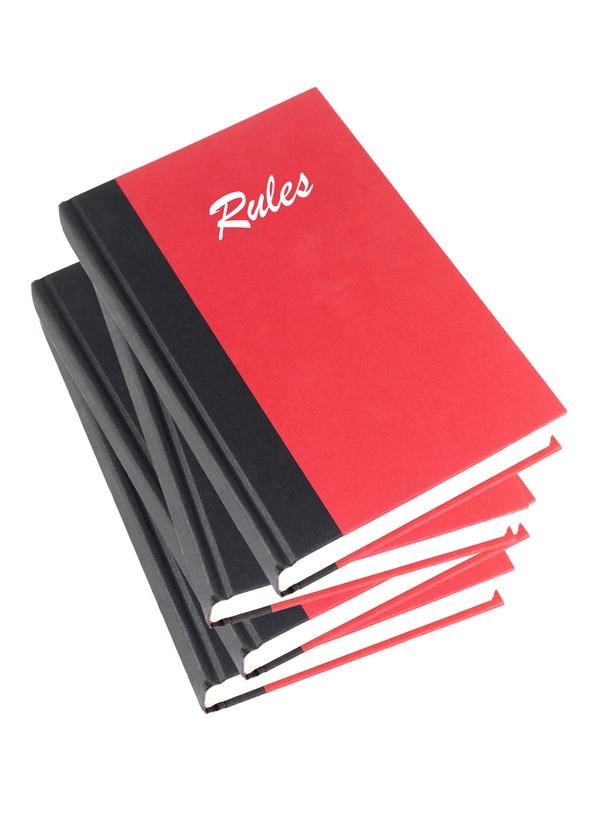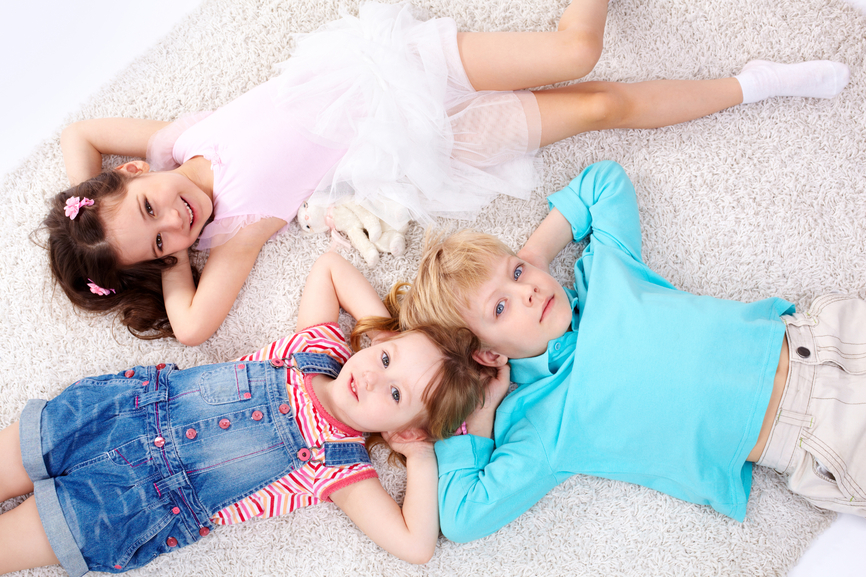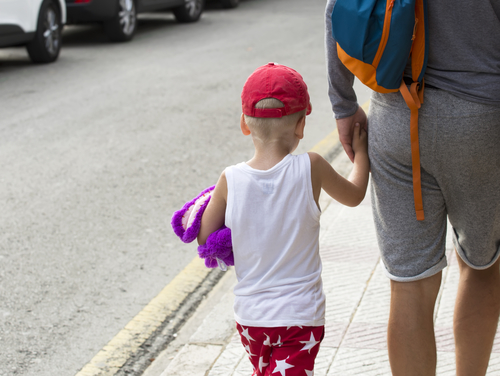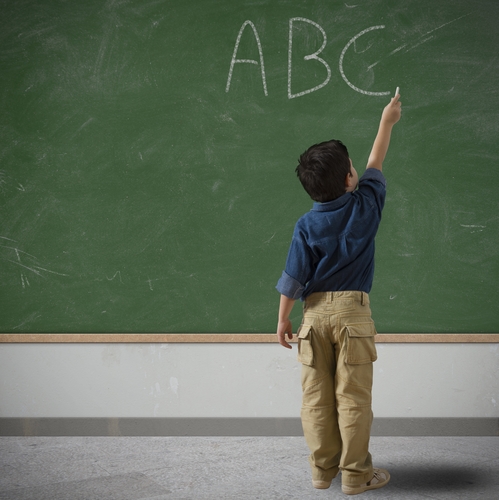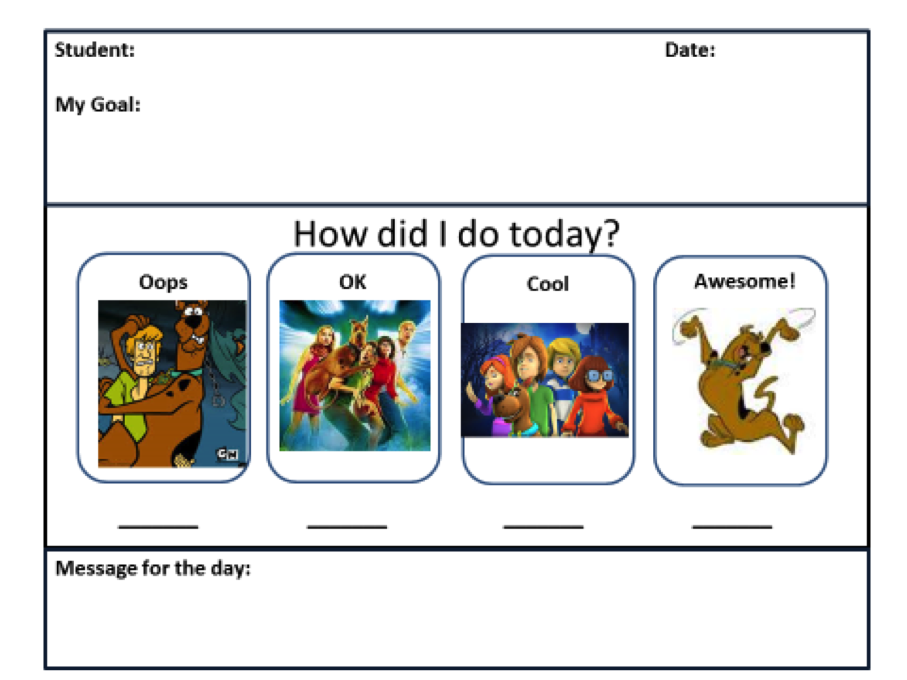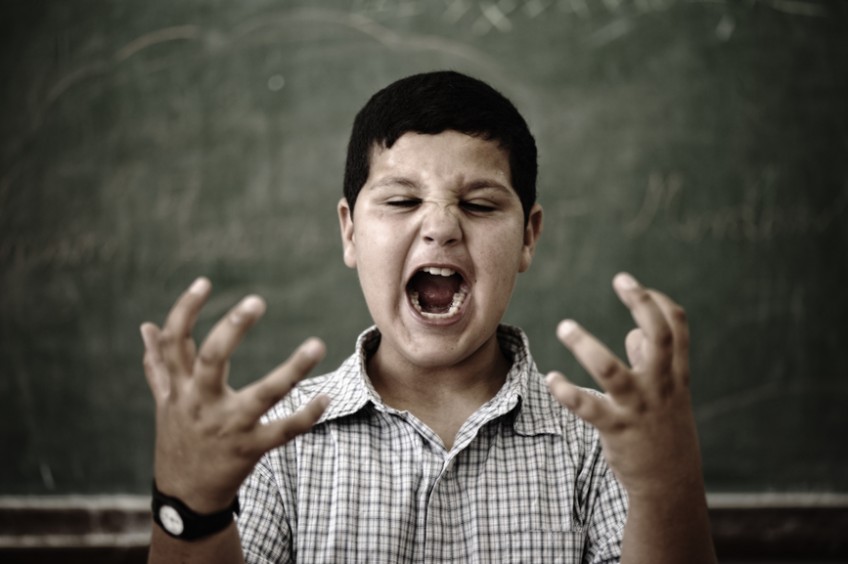A Visual Social Story to Use for Safe Halloween Tips
Halloween can be both a fun and nerve-wracking time for parents. Especially for children with ASD, there are many unknowns and events that could trigger a meltdown or even put your child in danger. But halloween can easily be safe and exciting experience if you plan in advance to prepare your child and help guide them. One great technique to use for ASD children and visual learners is a visual social story. Take a look at the visual social story below and print it out or show it to your child to plan and prepare for a fun and safe halloween!
For more resources and suggestions on planning for Halloween see the links below:
- This is a great video of tips about planning in advance for Halloween, with his #1 tip being to not forget those ear muffs or ear defenders at home! The Aspie World Video
- For an easy to reference list of suggestions, including practice role playing for receiving and giving treats, go here: Seattle Children’s Autism Blog
- Attitude Magazine has a list of tips including more about sensory issues that might arise, relating to those with ADHD and Sensory Processing Disorder as well: Attitude Magazine Halloween Tips
- Are you concerned about candy consumption and possible allergies? This blog addresses how you might be able to navigate that issue: Spirit of Autism
Have a fun and safe Halloween!
by Lisa Rogers
The Education (K-12) Blogs and Special Ed Q & A are written and maintained weekly by Lisa Rogers with Educating Diverse Learners. Lisa received her M.A. in Special Education with an endorsement in the area of individuals with severe disabilities. Mrs. Rogers has also created products that have been used throughout the state of Texas for training purposes. Through the Association for Texas Professional Educators [ATPE], Ms. Rogers has produced an online course that targets the importance of visual strategies for student with autism spectrum disorders and just released her highly anticipated book titled: Visual Supports for Visual Thinkers.











